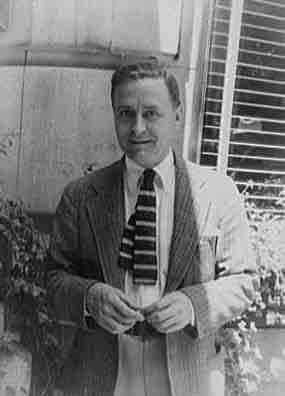Ending punctuation comprises symbols that indicate the end of a sentence. Most commonly, these are periods, question marks, and exclamation points. Ending punctuation can also be referred to as end marks, stops, or terminal punctuation.
There are three main types of ending punctuation: the period, the question mark, and the exclamation mark. A period (.) is the punctuation mark that indicates the end of a sentence. The question mark (?) replaces a period at the end of a sentence that asks a direct question. The exclamation mark (!) is a punctuation mark usually used after an interjection or exclamation to indicate strong feelings or high volume (shouting), and often marks the end of a sentence.
Period
Periods are used at the end of declarative or imperative sentences. Recall that declarative sentences make statements and imperative sentences give commands. Periods can also be used at the end of an indirect question. Indirect questions are designed to ask for information without actually asking a question. Let’s review some examples.
- My dog is a golden retriever. (declarative sentence)
- Go get your dog and bring him inside the house. (imperative sentence)
- Janet’s mom and dad want to know what she is doing. (indirect question)
- “Get some paper towels,” she ordered. (declarative sentence containing an imperative statement)
Periods are also used in abbreviations. For example, "doctor" is abbreviated "Dr." and "junior" is abbreviated "Jr." Remember that if an abbreviation that uses a period comes at the end of a sentence you do not add a period—the period with the abbreviation serves as the ending punctuation as well.
Question Mark
Question marks come at the end of sentences that make a request or ask a direct question. Declarative sentences sometimes contain direct questions.
- What is Janet doing? (direct question)
- Her mother asked, “What are you doing, Janet?” (declarative sentence with a direct question)
Exclamation Mark
A sentence ending in an exclamation mark may be an exclamation, an imperative, or may indicate astonishment. Like question marks, exclamation marks can be included within declarative sentences. Let’s review some examples.
- Wow! (exclamation)
- Boo! (exclamation)
- Stop! (imperative)
- They were the footprints of a gigantic duck! (astonishment)
- He yelled, “Stay off the grass!” (declarative sentence that includes an exclamation)
Exclamation marks are occasionally placed mid-sentence with a function similar to a comma, for dramatic effect, although this usage is obsolescent: "On the walk, oh! there was a frightful noise."
Informally, exclamation marks may be repeated for additional emphasis ("That's great!!!"), but this practice is generally considered unacceptable in formal prose. The exclamation mark is sometimes used in conjunction with the question mark. This can be in protest or astonishment ("Out of all places, the squatter-camp?!"); again, this is informal. Overly frequent use of the exclamation mark is generally considered poor style, for it distracts the reader and devalues the mark's significance.

Cut out all those exclamation points.
The famous author F. Scott Fitzgerald was not a fan of exclamation points; in his words: "Cut out all those exclamation points. An exclamation point is like laughing at your own jokes."